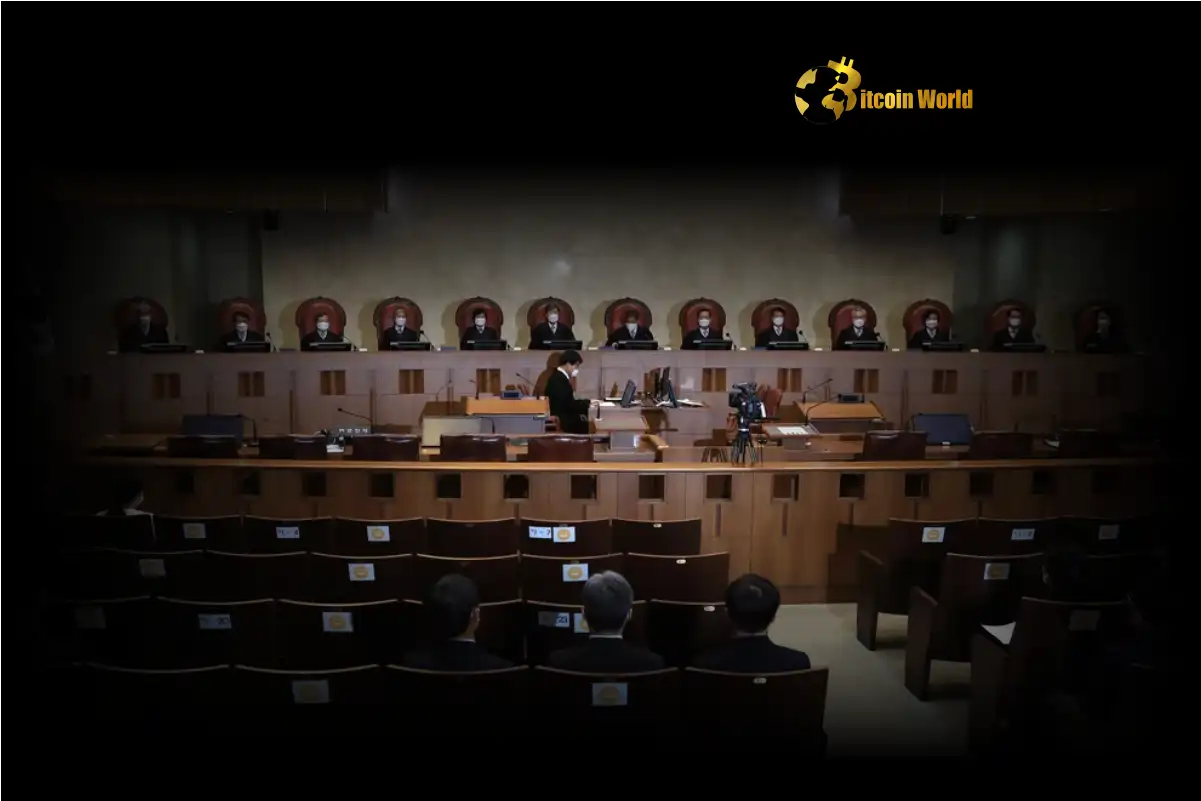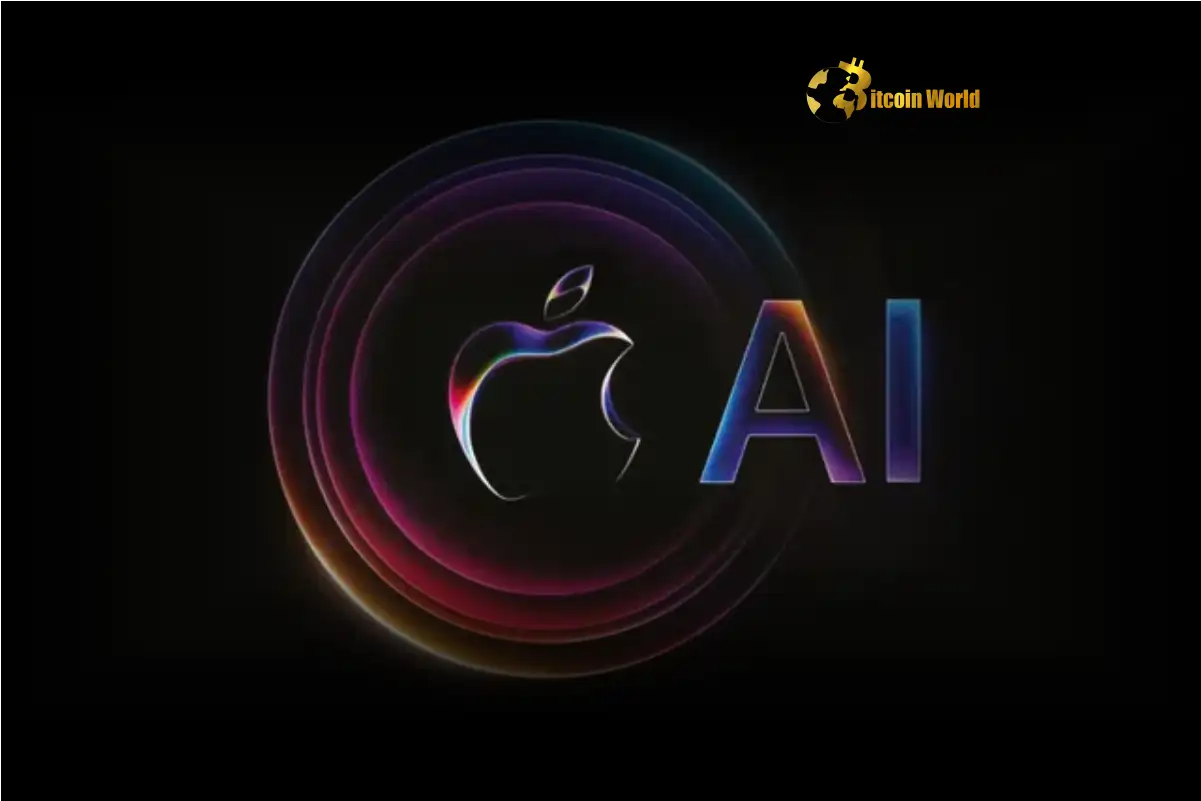In a disheartening turn of events for creditors, the Suwon Bankruptcy Court has once again slammed the door on corporate rehabilitation for the troubled South Korean crypto lending platform, Delio. This marks the second time such a request has been rejected, compounding the woes of investors who have been anxiously awaiting a resolution since Delio halted withdrawals amidst last year’s tumultuous crypto market downturn. Is this another nail in the coffin for the already fragile trust in crypto lender bankruptcy proceedings?
Another Blow for Delio: Corporate Rehabilitation Denied Again
According to reports from Digital Asset, this latest denial echoes a previous rejection of a similar plea from a separate group of creditors. Corporate rehabilitation denial, a legal mechanism designed to help companies restructure and repay debts while continuing operations, is seemingly not deemed a viable path forward in Delio’s case. But what exactly does this mean, and why is the court so hesitant?
Let’s break down the concept of corporate rehabilitation:
- Purpose: Corporate rehabilitation is a legal lifeline for businesses drowning in debt. It allows them to restructure their finances under court supervision, giving them breathing room to reorganize and eventually repay their creditors.
- The Process: It involves creating a rehabilitation plan, which needs to be approved by the court and creditors. During this period, the company can continue operating, aiming to generate revenue to satisfy its obligations.
- Court’s Role: The court acts as a referee, ensuring fairness and overseeing the rehabilitation process. However, the court also holds the power to reject the request if it believes rehabilitation is not in the best interest of the creditors or if the company’s prospects for recovery are bleak.
In Delio’s situation, the repeated denials suggest the Suwon Bankruptcy Court harbors serious doubts about the platform’s ability to successfully rehabilitate and ultimately repay its debts. This raises critical questions about the financial health and operational viability of crypto lending platform models, especially in the wake of market volatility.
Why is the Court Wary of Delio’s Rehabilitation?
While the court’s specific reasoning hasn’t been fully disclosed in publicly available reports, we can speculate on potential factors contributing to these denials:
- Lack of Viable Rehabilitation Plan: The court might have deemed Delio’s proposed rehabilitation plans, submitted by creditor groups, as insufficient or unrealistic. This could be due to concerns about the platform’s asset recovery prospects or its ability to generate future revenue in a significantly changed crypto landscape.
- Severity of Financial Distress: Delio’s financial situation might be deemed too dire for rehabilitation to be effective. The extent of its liabilities and the erosion of its asset value during the crypto winter could be so profound that the court believes recovery is improbable.
- Creditor Interests: The court must prioritize the interests of creditors. If the court believes that liquidation and asset distribution would offer a better, albeit potentially smaller, return to creditors than a protracted and uncertain rehabilitation process, it might favor denial.
- Precedent and Market Sentiment in the Korean Crypto Market: The Korean crypto market is known for its stringent regulatory environment and cautious approach towards digital assets. The court’s decisions might also reflect a broader skepticism towards the crypto lending sector, especially after the Terra-Luna collapse and subsequent contagion that impacted numerous crypto firms.
Delio Bankruptcy: What Does This Mean for Creditors?
The repeated rejection of corporate rehabilitation requests paints a grim picture for Delio’s creditors. The path forward likely points towards liquidation, a process where Delio’s assets are sold off to repay its debts. However, in bankruptcy cases, especially within the volatile crypto space, asset recovery can be complex and often results in creditors recouping only a fraction of their initial investments.
Here’s what creditors might expect in the wake of this Delio bankruptcy development:
| Scenario | Potential Outcome for Creditors |
|---|---|
| Liquidation | Asset distribution among creditors. Recovery amount is often significantly less than the original investment. The process can be lengthy and complex. |
| Further Legal Challenges | Creditors might explore other legal avenues to challenge the court’s decision or pursue alternative recovery strategies. This could involve more time and legal expenses, with uncertain outcomes. |
| Prolonged Uncertainty | The legal proceedings can drag on, leaving creditors in a state of limbo for an extended period, unsure of the final outcome and potential recovery. |
Lessons Learned and the Future of Crypto Lending
Delio’s case serves as a stark reminder of the risks inherent in the crypto lending space. The promise of high yields often comes with significant underlying risks, particularly concerning platform solvency, regulatory uncertainties, and market volatility. For investors and participants in the crypto lending platform ecosystem, several key takeaways emerge:
- Due Diligence is Paramount: Thoroughly research and understand the risks associated with any crypto lending platform before entrusting your assets. Scrutinize their business model, risk management practices, and regulatory compliance.
- Diversification and Risk Management: Never put all your eggs in one basket. Diversify your crypto holdings and lending activities across multiple platforms and asset types to mitigate risk.
- Regulatory Landscape Awareness: Stay informed about the evolving regulatory landscape for crypto in your jurisdiction and globally. Regulatory changes can significantly impact crypto lending platforms and investor protection.
- Understanding Bankruptcy Risks: Recognize that crypto assets held on lending platforms are subject to counterparty risk and bankruptcy risk. In case of platform failure, recovering your assets might be challenging and time-consuming, as evidenced by the Delio bankruptcy saga.
The repeated denials of corporate rehabilitation for Delio highlight the urgent need for greater transparency, robust risk management, and clearer regulatory frameworks within the crypto lending sector. As the industry matures, learning from cases like Delio’s will be crucial for building a more sustainable and trustworthy financial ecosystem.
The grim reality for Delio creditors is setting in. With corporate rehabilitation off the table, the focus now shifts to navigating the complexities of liquidation and asset recovery in a challenging market. The Korean court’s firm stance sends a strong signal about the scrutiny facing crypto lenders and the uphill battle they face when financial distress strikes. This is a sobering moment for the crypto lending space, demanding a critical re-evaluation of risk and responsibility.
To learn more about the latest crypto market trends, explore our article on key developments shaping Bitcoin price action.
[ad_2]
Source link






